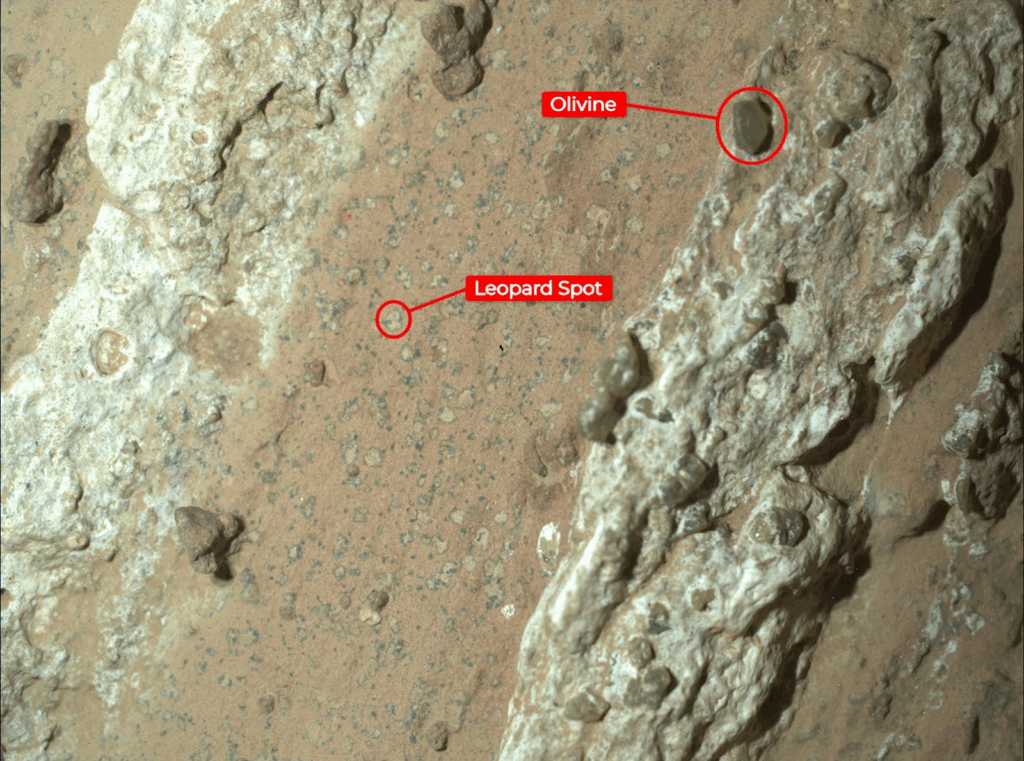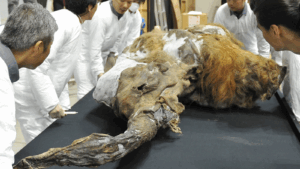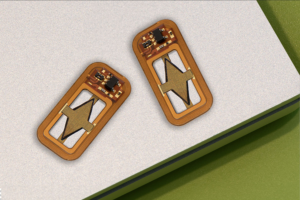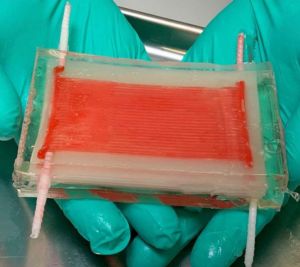NASA rover finds leopard-spotted rock that could hint at ancient microbes
For as long as humans have looked into the night sky, Mars has tempted us most with the possibility of life. In 2021, NASA’s Perseverance rover landed in Jezero Crater, a dried-up lake once fed by ancient Martian waterways. Its mission was to search for chemical biosignatures and collect rock cores that could someday be returned to Earth. Equipped with advanced cameras, spectrometers, and X-ray tools, Perseverance has become humanity’s most capable rover. Perseverance has now delivered a groundbreaking discovery that has scientists leaning forward in their seats. In a rock core drilled last year, the rover identified unusual mineral patterns and organic signatures that some researchers believe could be the strongest hint yet of ancient Martian life (1). The finding has not yet been declared official proof, but it has added new urgency to the search for signs that life once thrived on the Red Planet.
The rock in question comes from a site in Jezero Crater known as the Bright Angel formation. Perseverance drilled a core sample nicknamed Cheyava Falls, and within it, scientists spotted strange “leopard spots,” tiny beige patches ringed by darker halos (2). Perserverence’s suite of instruments analyzed the chemistry of these features. Mounted on the rover’s robotic arm, PIXL, the Planetary Instrument for X-ray Lithochemistry, works as a miniature X-ray lab. It directs an X-ray beam at a postage-stamp-size section of a rock’s surface and reads the fluorescent signal emitted by the atoms, mapping out which elements the rock is made of (3). SHERLOC, or Scanning Habitable Environments with Raman and Luminescence for Organics and Chemicals, takes a different approach. It fires a laser at the surface, causing molecules to vibrate and glow. By analyzing the glow, scientists can identify organic materials (substances derived from living organisms) and minerals that might hold traces of past life. SHERLOC is aided by its companion camera, WATSON, which takes detailed close-ups of the same areas so the chemistry can be linked directly to visible textures (4).

Chevaya Falls, with leopard spots and olivine highlighted in red
With these devices, Perseverance found that the leopard spots contain a pairing of iron-rich minerals rarely seen together on Martian rocks: vivianite (hydrated iron phosphate) and gregite (iron sulfide). On Earth, these two often form in sediments where microbes catalyze chemical reactions involving iron, sulfur, and organic material. The broader rock is also rich in carbon, phosphorus, and oxidized iron, which could have been the microbes’ energy source (1).
The rock sample’s setting bolsters the evidence. Bright Angel was part of a river system that once flowed into Jezero Crater’s lake, making it one of the most promising places on Mars to search for ancient biosignatures. Additionally, the Bright Angel is mainly composed of clay and silt, which would have been well-suited to preserving microbial life (1).
But nature is rarely straightforward. Along with the numerous promising mineral associations, Chevaya Falls also shows thick veins of olivine, a mineral that typically forms in igneous settings. This detail complicates the story. If hot fluids moved through the rock at a later stage, they could have altered it in ways that mimic biosignatures (2).
Accordingly, NASA has been clear that this is not a claim of discovery. To prevent premature declarations, scientists use the CoLD (Confidence of Life Detection) scale, a stepwise framework that ranks findings from possible signals to confirmed evidence. Chevaya Falls sits at Step One, representing a finding that invites further testing but is far from proof. Katie Stack Morgan, Perseverance’s project scientist, put it this way: “Astrobiological claims, particularly those related to the potential discovery of past extraterrestrial life, require extraordinary evidence” (1).

A depiction of the CoLD Scale: stepwise framework used to classify proof of life
If life once existed on Mars, it would mean that life is not a rare biological incident but a common outcome wherever the right conditions appear. Countless other worlds may have shared that same beginning, waiting for us to find them. In that light, Perseverance’s Cheyava Falls is a stark reminder that the search for life is ultimately a search for ourselves.
Sources:
- Taveau, J. (2025, September 10). NASA Says Mars Rover Discovered Potential Biosignature Last Year, NASA. https://www.nasa.gov/news-release/nasa-says-mars-rover-discovered-potential-biosignature-last-year/
- Jet Propulsion Laboratory. (2024, August 13). Potential Evidence of Life Discovered on Mars by NASA’s Perseverance Rover, SciTechDaily. https://scitechdaily.com/astonishing-evidence-of-life-discovered-on-mars-by-nasas-perseverance-rover/
- Mirage News. (2024, July 17). Here’s How AI Is Changing NASA’s Mars Rover Science, MirageNews. https://www.jpl.nasa.gov/news/heres-how-ai-is-changing-nasas-mars-rover-science/
- NASA (n.d.). The Detective Aboard NASA’s Perseverance Rover, NASA/JPL. https://www.nasa.gov/centers-and-facilities/jpl/the-detective-aboard-nasas-perseverance-rover/
Images:
- https://scitechdaily.com/astonishing-evidence-of-life-discovered-on-mars-by-nasas-perseverance-rover/
- https://scitechdaily.com/astonishing-evidence-of-life-discovered-on-mars-by-nasas-perseverance-rover/
- https://scitechdaily.com/astonishing-evidence-of-life-discovered-on-mars-by-nasas-perseverance-rover/









Comments are closed.